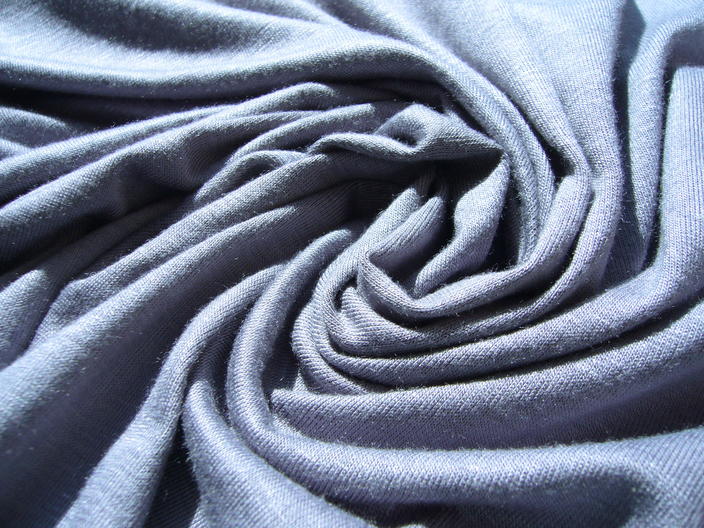There are many types of natural fabric available. These include cotton, linen, silk, and hemp. These fabrics have several benefits, including being more realistic and more breathable. These fabrics are also easier on the environment. You can find natural textiles certified by a third party to be free of pesticides, phthalates, and other pollutants.
Hemp
The fibers in hemp come from the stalks of hemp plants. These stalks are retted, a process in which plant materials decay naturally. The procedure removes the central core of the stems and separates the fibers from the bark. The fibers are then split into two types: primary and secondary. The primary wall contains cellulose microfibrils, and the secondary wall contains pectin and lignin. The hemp fibers are then spun into a sustainable yarn.
Hemp yarns are used to create medium and heavy apparel fabrics. Hemp is commonly blended with cotton and fibers to produce denim and other materials. Hemp fabrics are also used in knitwear and lightweight clothing. The hemp yarns are dyed and processed using only EU-approved dyes, and the process also involves strict water management. The result is an earth-friendly fabric that retains its quality over several decades.
Linen
Natural linen fabric is a beautiful choice for summer wardrobes, but it can also be worn as a formal piece. Its distinctive color and untextured appeal make it perfect for bedsheets and duvet covers. Since linen is a natural fiber, it can be dyed virtually any color you like. Linen fabrics also come in a wide range of neutral tones, including light grey and taupe.
The process of creating linen fabric starts with harvesting the flax stalks. The stalks are first pounded to break down the outer bark and then pulled or combed to separate the long fibers from the shorter ones. This process produces a linen fabric with even and consistent thread diameters. Alternatively, the stalks are cottonised, which is faster but reduces the quality of the linen fiber.
Cotton
Cotton is a natural fabric that has many advantages:
- It doesn’t produce plastic pollution and is breathable.
- It is versatile and can be used in various textiles.
- Unlike some synthetics, cotton does not contribute to the growth of the plastic industry.
- Cotton can be made into different products, including clothing, bedding, and carpets.
However, conventionally-grow cotton harms the environment because it uses enormous amounts of water and pesticides. Furthermore, most non-organic cotton seeds are GMOs, which are genetically modified to be sterile. And because cotton is so versatile, farmers must buy new seeds each year to grow new cotton.
Insecticides are also another primary concern with cotton production. These chemicals can cause serious environmental problems. Conventional cotton farming practices require a lot of water, draining river systems and limiting water availability for human consumption and nature. In addition, cotton crops are often subject to diseases and weed infestation, rob the plant of essential moisture. Traditionally, cotton is harvested between 150 and 200 days after planting. In the Third World, this process is done by hand.
Silk
Silk is an ancient fabric that dates back to ancient China. It was first discovered around the fourth century BC. Since then, it has become a highly sought-after fabric around the globe. This natural fabric has a high luster and is exceptionally soft. It also absorbs water vapor as temperatures rise and releases it as they fall, making it highly comfortable to wear.
Silk has a smooth, soft texture that isn’t slippery like many synthetic fibers. It’s also one of the most potent natural fabrics available. Although it loses a large percentage of its strength when wet, silk can regain up to 11% of its power. It is also quite durable, lasting for a long time. However, it is essential to remember that silk needs much more care regarding laundering.
Coir
Coir is a natural fabric made from coconut husks. The husks are split and dried for at least a year. Once dry, they are processed into various formats. These include chips, “croutons,” and classic ground coconut coir. However, there are some safety considerations when using this material.
Coir fibers are obtained from the husks of coconut palms. They have an average length of about four to ten inches. The bristle fibers are eight inches long, whereas the mattress fibers are finer. Both types of threads can be used for mattresses and other home products. A pound of coconut husks yields approximately two to three percent of each type of fiber.
Coir is produced from coconuts and is the most popular natural fabric. It is a strong, durable natural fiber. It can be harvested from over 1,000 coconuts and has the strength and durability to stand up to many different applications. It can compete with animal fibers and is used in various industries. Approximately 650 000 tonnes of coir are produced annually in India and Sri Lanka. The rest of the world has smaller amounts of coir for multiple products, such as rugs and mats.




